Here at the Bergen Mobile Concrete blog, we love sharing new and interesting ways of looking at concrete, a subject many people would think is pretty dull. However, a quick scroll through our various posts here will show you that nothing could be further from the truth. Today, we’re taking a quick look at a new way concrete is being used in winemaking to make the process much closer to historic traditions.
Stainless steel, and not oak barrels, has been the container of choice for winemakers that make large quantities of wine for commercial sale. Aging containers made of steel are cleaner and predictable to use, but many business are interested in returning to more time-honored traditions. For these companies, concrete makes a much more suitable holding tank material.
Ancient techniques of winemaking would rely on clay or stone containers for the fermentation of wine. Like clay and stone, concrete is not an inert material and can actually house an ecosystem of tiny living organisms within its many tiny nooks and crannies. This is actually beneficial for the wine and can create wines that more closely resemble those from the Mediterranean, according to this article published by CBC News.
Yeast is one substance that can build up in the sides of the unlined concrete containers between batches of wine. This yeast can enhance the wine that ages within the container as it builds up, improving the fermentation process. For smaller winemakers, that means making a brand of wine that has more of a unique taste, helping set it apart from all the other wines that taste the same coming from stainless steel.
Using concrete to craft wines that closely resemble the vineyard classics of ancient Greece or Italy is a very intriguing new use for this material. The growing applications for concrete never fail to astound us here at Bergen Mobile Concrete. Make sure to visit back often for more intriguing news from the industry.
